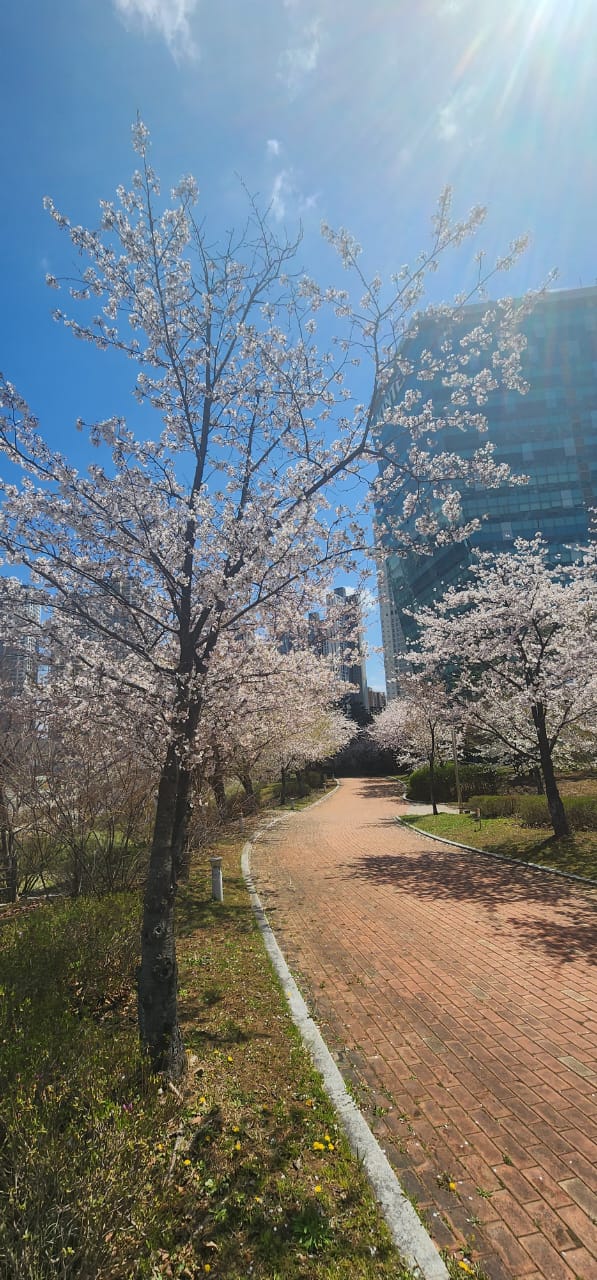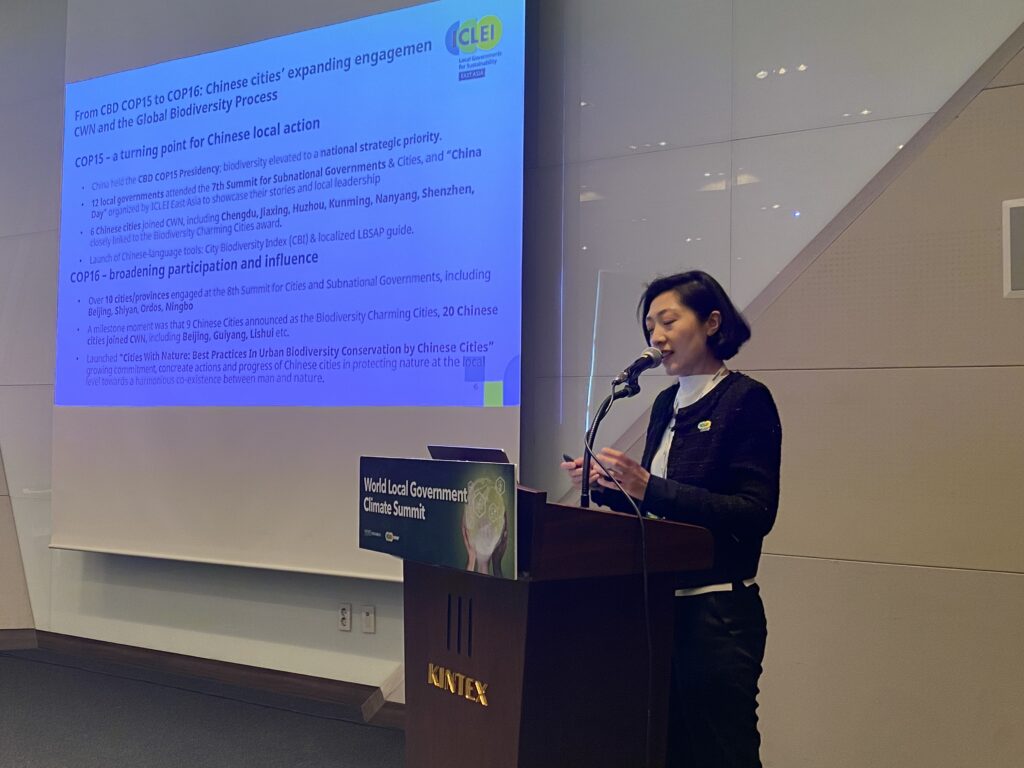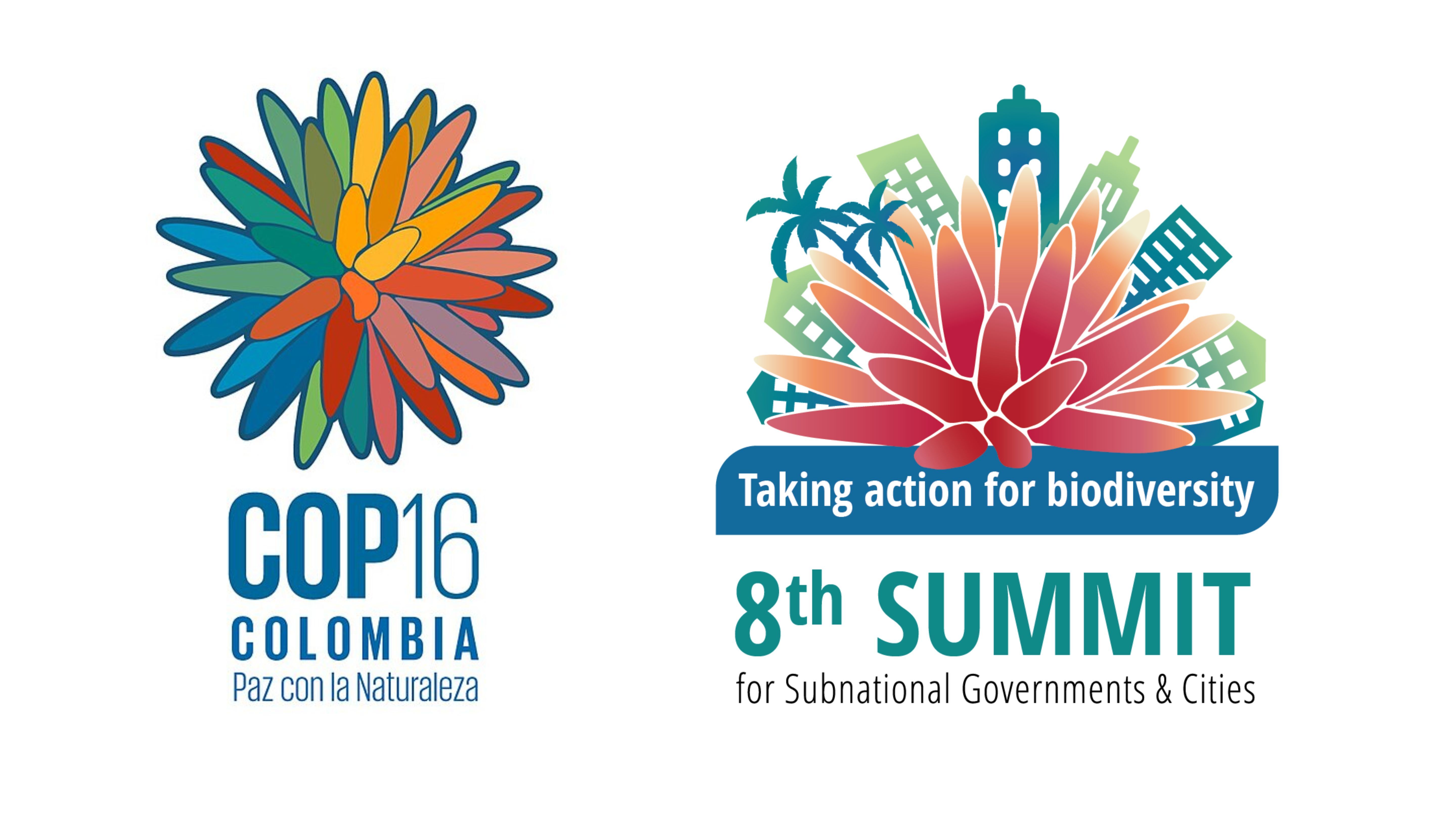
On Wednesday, 16 April, the ICLEI Korea Office took center stage at the “2025 World Local Government Climate Summit” with a special side event: the CitiesWithNature Capacity-Building Workshop for Korean Local Governments. This interactive session was designed to elevate understanding of the CitiesWithNature initiative and empower ICLEI member cities in Korea to fully engage with this pioneering platform. With around 13 local governments and institutions participating, the workshop spotlighted how local action can lead global change in biodiversity and nature-based solutions.
In her welcome address, Kobie Brand, ICLEI Deputy Secretary General, laid out ICLEI’s global vision for embedding biodiversity and ecosystem thinking into urban development. She traced the journey that led to the creation of CitiesWithNature, ICLEI’s flagship initiative, which envisions cities where nature and people thrive together. Emphasizing the importance of collective effort, Ms. Brand stated that no city can act in isolation. Building strong city partnerships, she said, is vital to secure a sustainable future for generations to come.




















